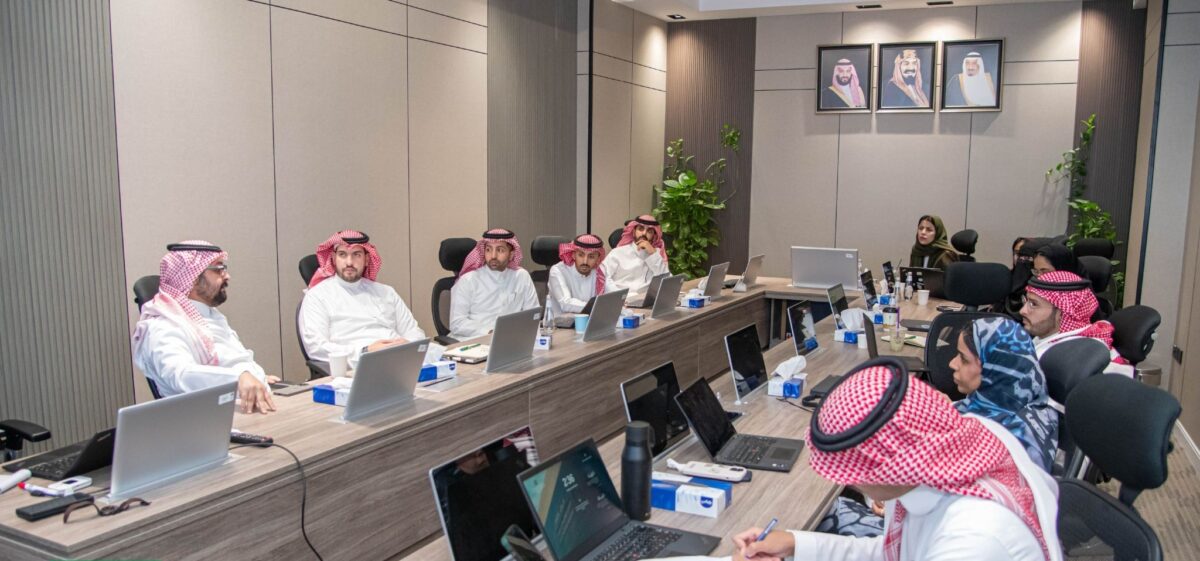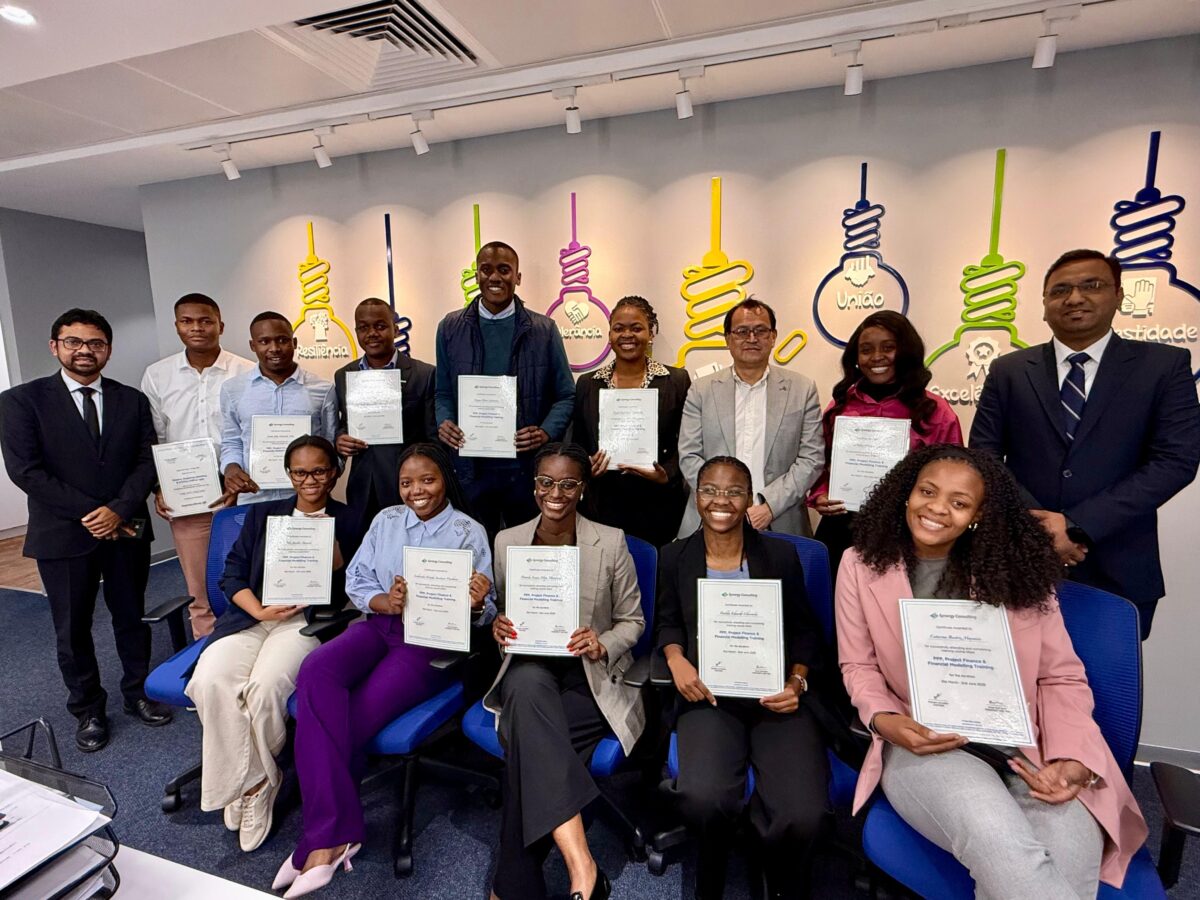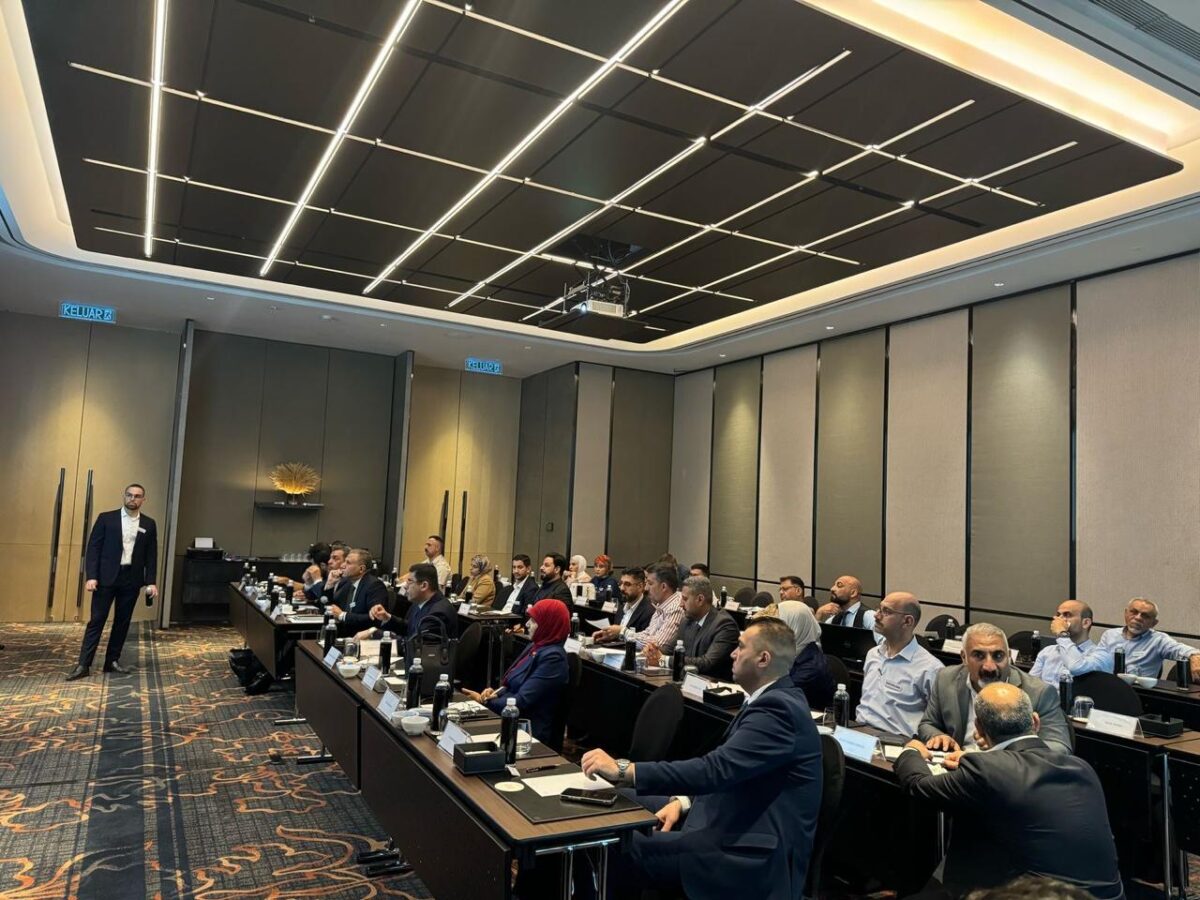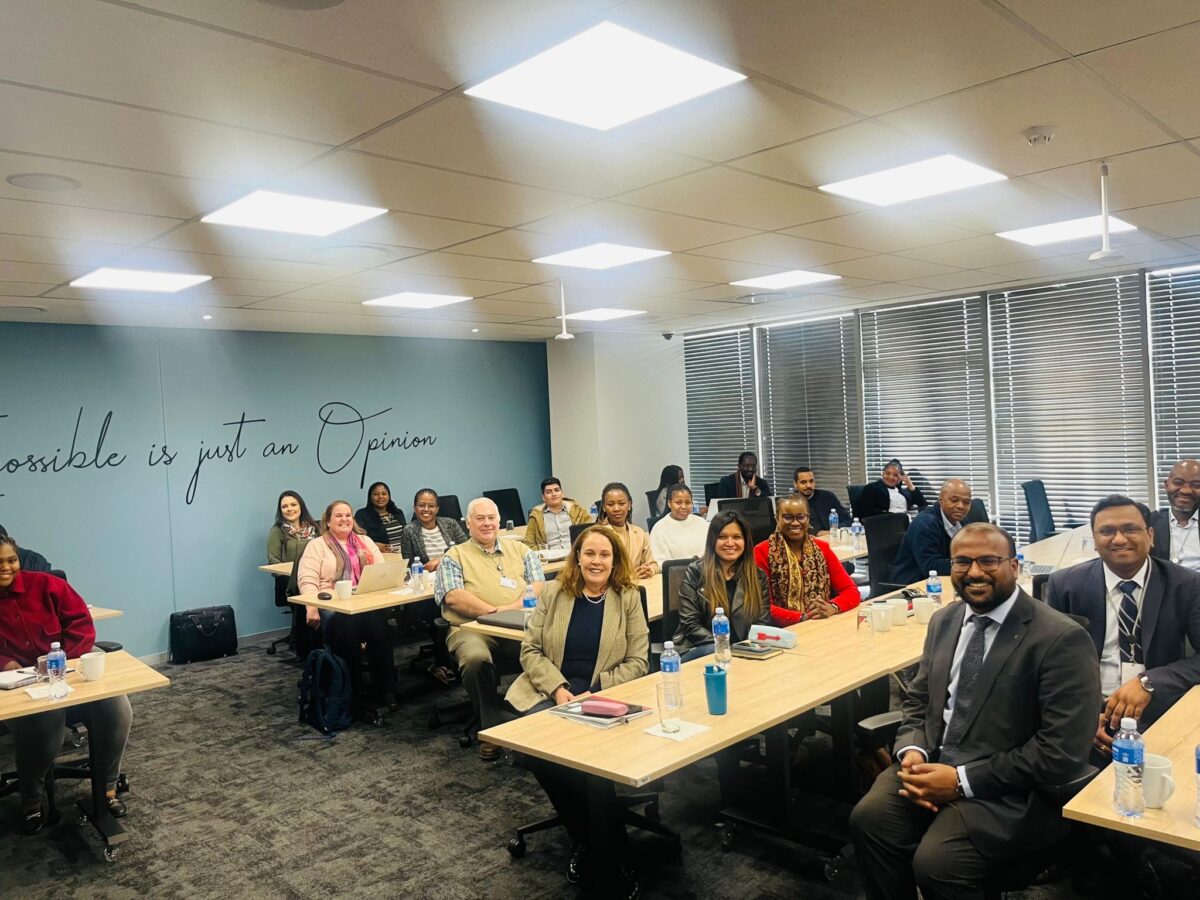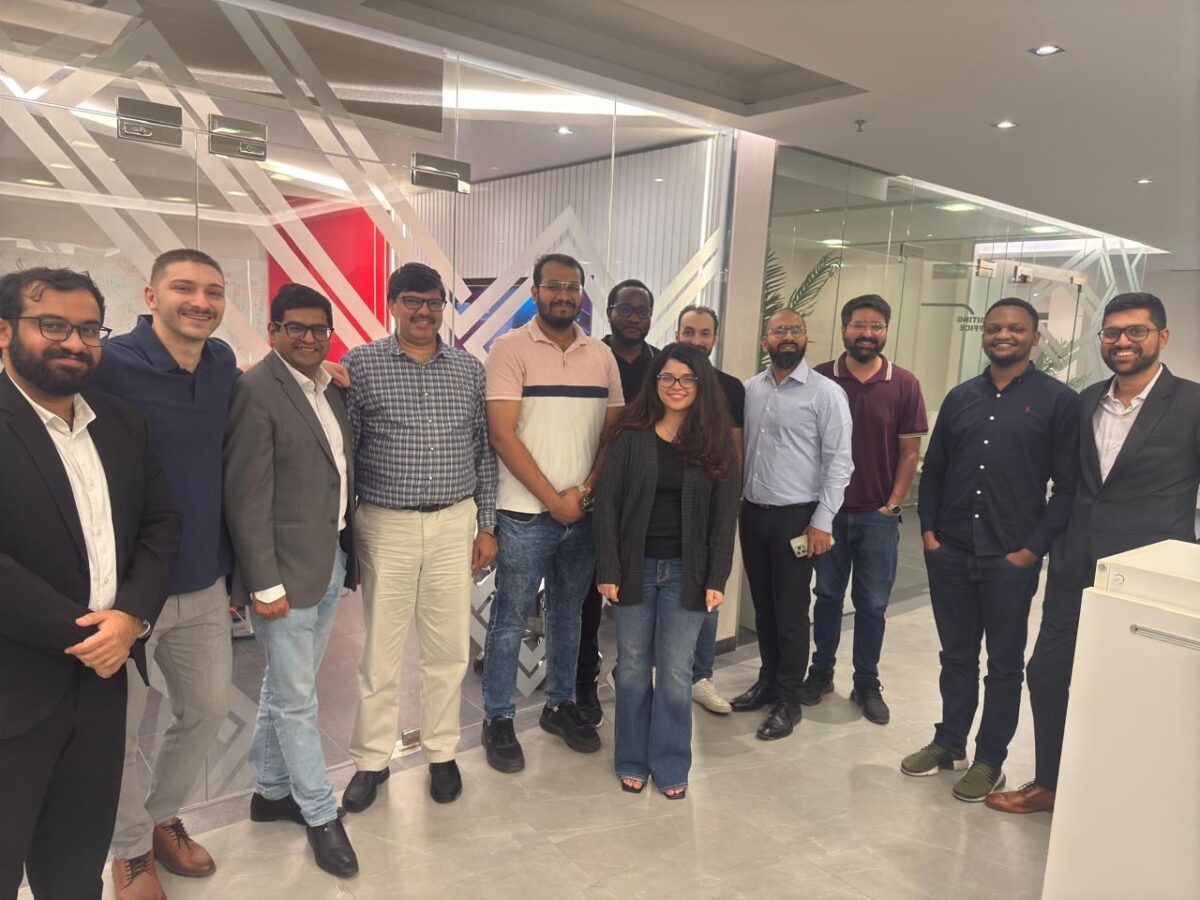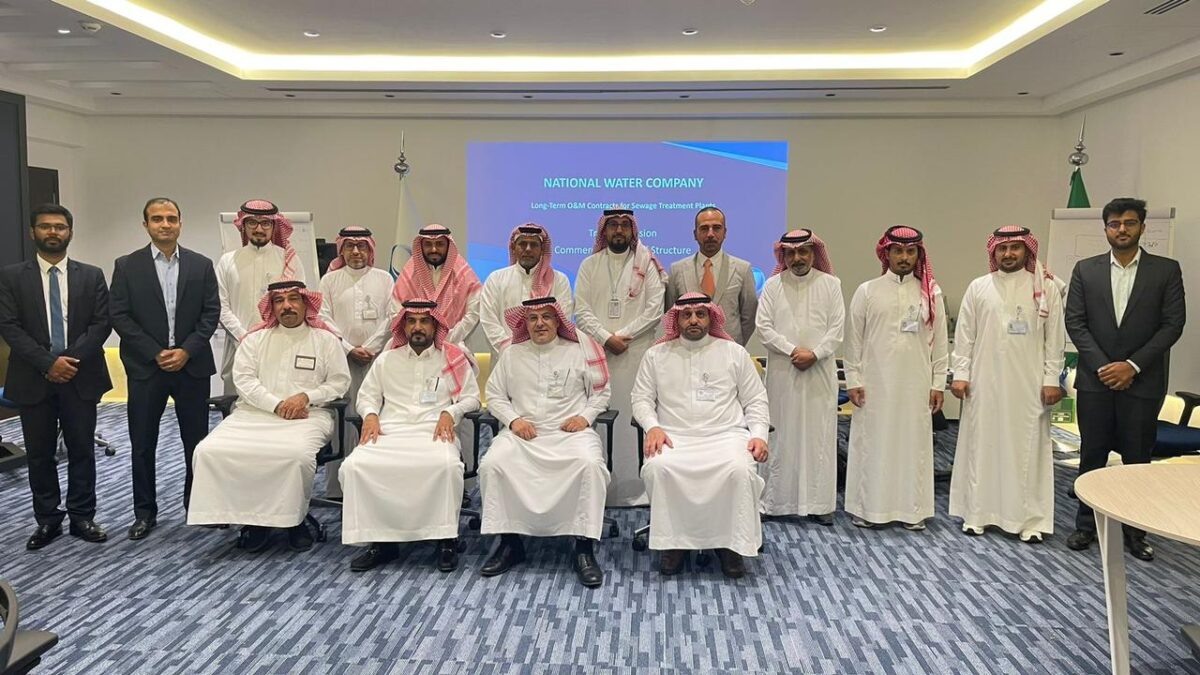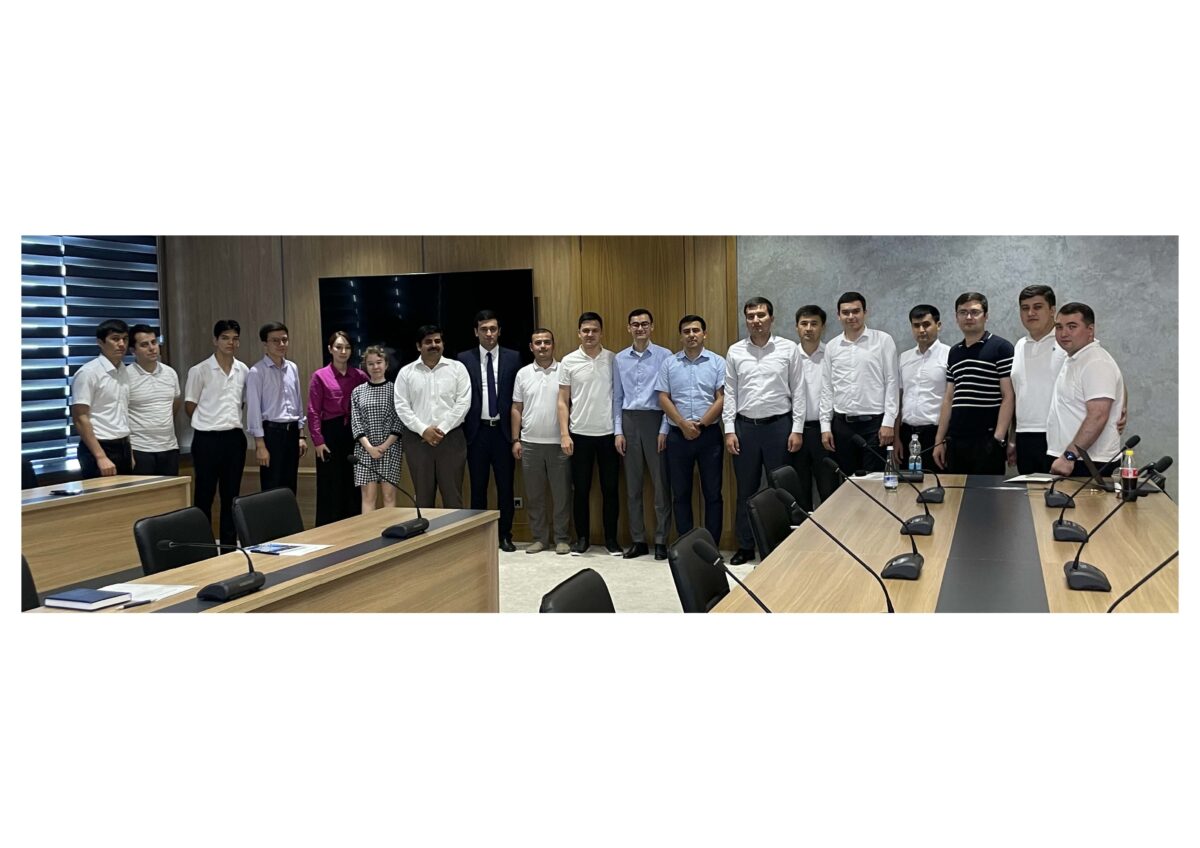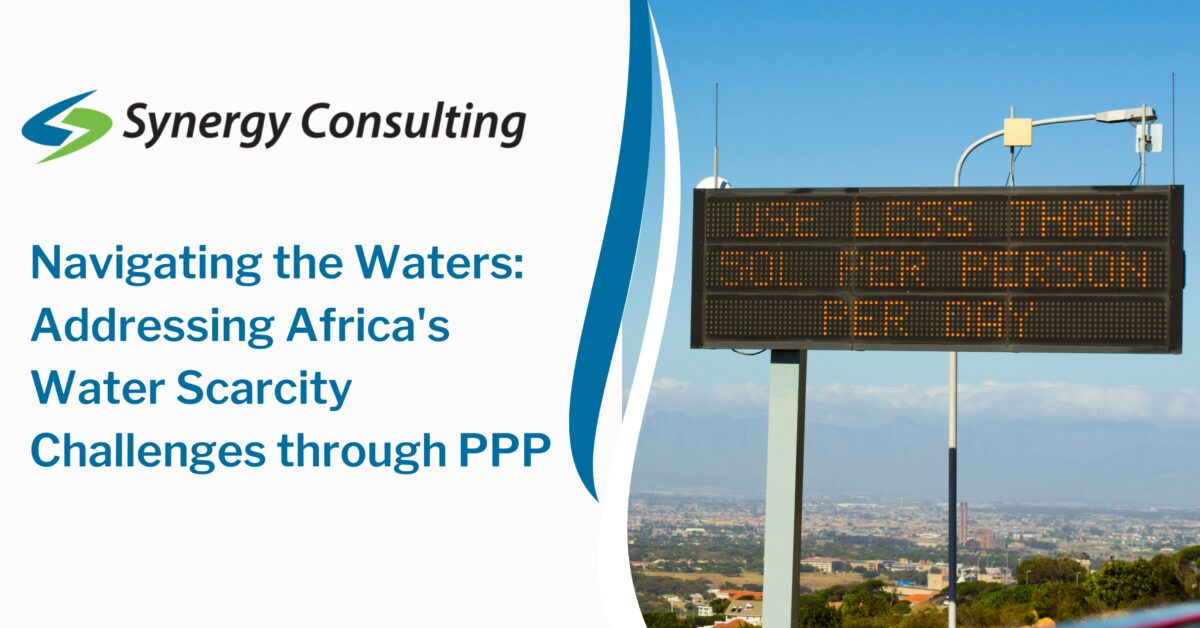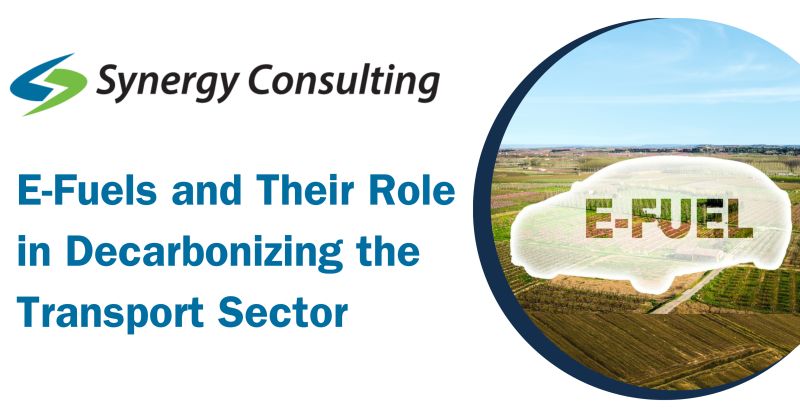Carbon Credits: The Path to Net Zero

Carbon Credit market provides companies and countries around the world an advantage to achieving Net Zero. The market is expected to become a multi-trillion-dollar market in 2050 based on 100% annual growth. Enabled over 15 years ago, carbon trading allowed for companies to produce CO2 through the buying, selling, and generation of carbon credits using technologies to minimize emissions.
Carbon exchanges were opened to enable the market. For example – the AirCarbon Exchange (ACX) was launched for airlines to trade carbon credits for 130+ organizations, with 62% of ACX’s clients from Singapore/SEA, and 55% of the projects from Australia. A UK exchange, Carbon Trade Exchange (CTX), was launched to allow for different industry standard trading credits while the Hong Kong Global Carbon Credit Exchange (gCCEx) provides an electronic carbon credit marketplace for the listing, trading of regulatory and verified credits.
With sustainable development as one of its key motivation, the Middle East region (which is one of the world’s largest energy consumers with ~13% CO2 emissions growth), has strategically positioned itself on a 2060 Net Zero timeline. Regional investments of 1.5% were made in Clean Development Mechanism (CDM) projects to reduce emissions 40%. However, the current pipeline of projects may not be adequate to meet the Net Zero targets, as critical challenges do exist in areas that secure underlying finance and build trust.
CDM projects have saved millions of dollars by decreasing tons of CO2 emissions from sustainable energy, efficiency, waste management, and gas capture. A process was introduced demonstrating progress in (for example) the Al-Shaheen project reducing GHG emissions by 2.5 million tCO2 annually as a result of attaining zero gas flaring, and the Al Reyadah facility (a CCUS project) providing capture, reuse, and storage of 800K CO2 tons.
Carbon Credits will accelerate a country’s and company’s ability to meet the Net Zero pipeline when implemented with best practices in a trust model. Practice enablers strengthened the process using verification methodologies, buyer with supplier matching, market infrastructure, digital verification and governance. Significant advantages leveraged the momentum of the FIFA World Cup 2022 with the GCC supplying 1.8 million carbon credits to offset emissions. Saudi Arabia sold 1.4 million tons of CORSIA-compliant and Verra-registered carbon credits at its first auction in October 2022.
A clear path to Net Zero does exist in the MENA region for 2060. Carbon Credits institute a power of trust, transparency, and standardization enabling stability, and driving Net Zero success.

